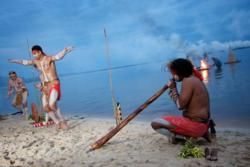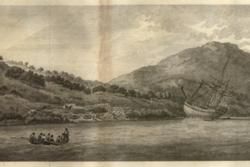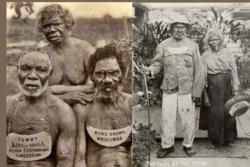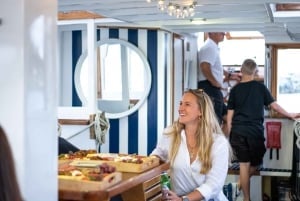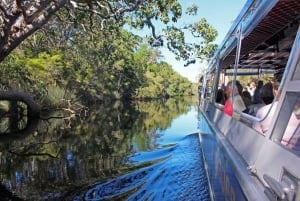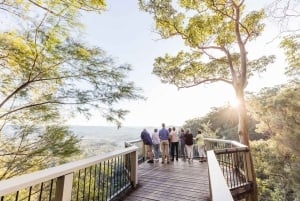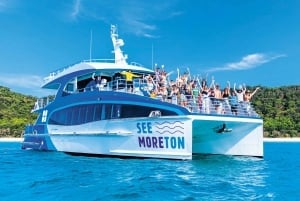History
The Sunshine Coast was home to...
Indigenous tribes for 40,000 years before Europeans discovered it and the traditional custodians of the land who lived throughout the area used the Gubbi Gubbi language as a common means of communication. Many of their direct descendants still live in the Sunshine Coast and the Gubbi Gubbi people keep their heritage alive, celebrating local Aboriginal history and traditions in the
Noosa region with Boiin Gari Day in January.
Visitors can experience this rich cultural diversity throughout the year and enjoy the traditional songs, dance, didgeridoo playing, boomerang skills and art by seeing a Gubbi Gubbi performance or taking a workshop. Or enjoy a guided walks to learn about the traditional bush tucker and medicines these hunter and gatherers relied on for survival, naming themselves after the pale honey gathered from the
hinterland eucalypts. In fact, many of the local Sunshine Coast town names we use today are based on words from the Gubbi Gubbi language, like Noosa meaning shady.
It wasn't until 1770...
That the first Europeans discovered the Sunshine Coast, with Captain Cook's arrival on HM Bark Endeavour, and the Glass House Mountains were named by Cook because of how the sunlight reflected off the rocks in the early morning light. The area remained sparsely inhabited by Europeans until the gold rush of the 1860s when many prospectors moved to Gympie hoping to strike gold.
In the late 1800s the new railways made travel from Brisbane easier and people started to visit the Sunshine Coast for holidays with more visitors still when travel by bus was introduced. Around this time smart business people began opening inns and restaurants to cater for the holiday crowd and the area has remained a firm favourite for holiday makers ever since.


